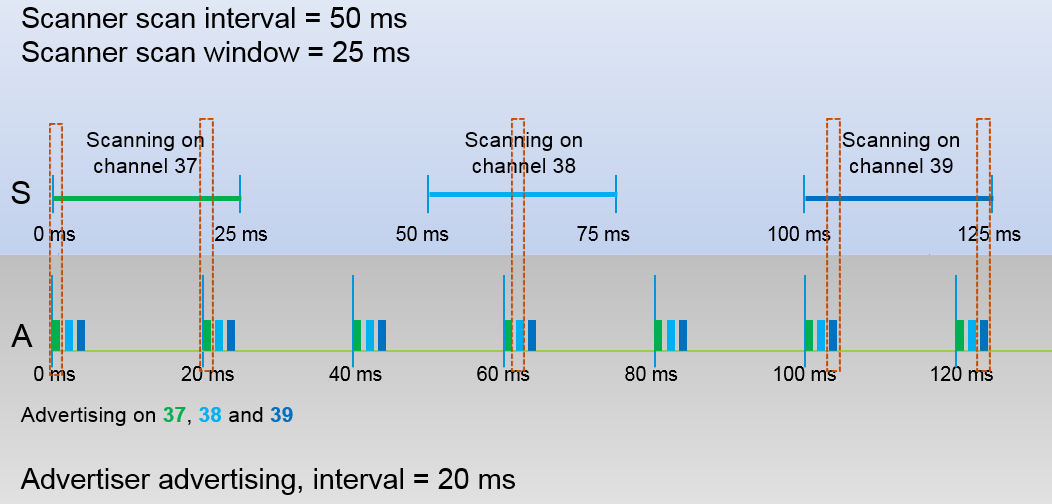I know that RF52840 could act simultaneously as the Advertiser\Peripheral and Observer\Central and I saw Nordic's recent demo video of BT + Thread co-existence. However, it's unclear to me will it work if everything is "on" or there are some limitations on possible usage.
We try to build an application, which requires any of the following configurations:
- Peripheral, central + Bluetooth mesh
- Peripheral, central + Thread
I was told by a guy from Bluetooth SIG that the first option is not limited by the specifications and it all depends on a stack implementation, but generally must be possible.
Are any of these combinations possible? If no, I'd be highly appreciated if someone could explain the details of the limitation.



